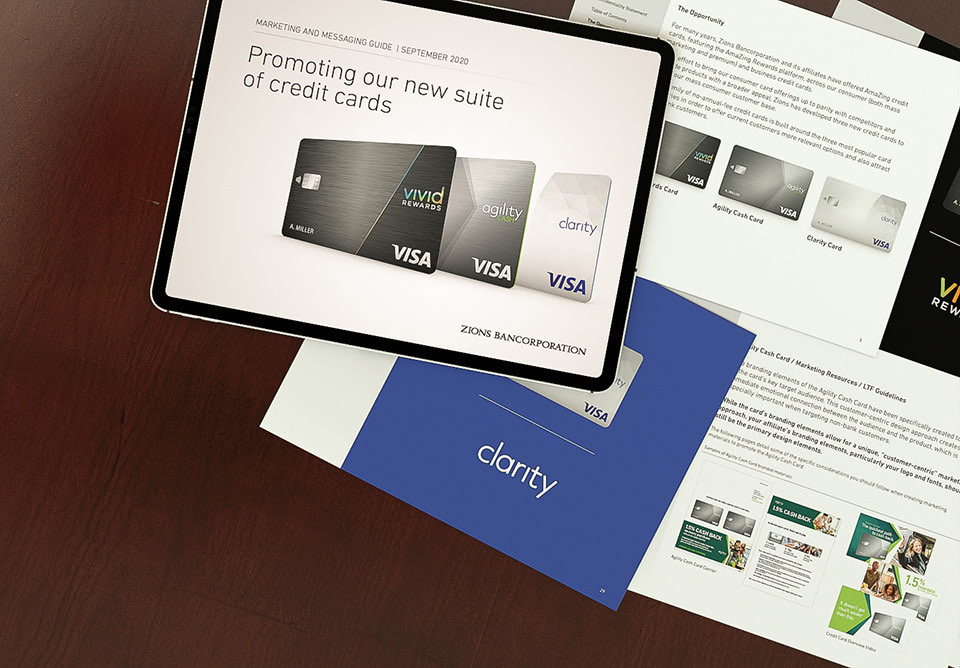Getting Financial Services Content Seen on Facebook May Require Paid Promotion

According to “Free Ride on Facebook Ends for Financial Marketers,” a recent post at The Financial Brand, “If you want your content to be seen on Facebook, you’re going to have to pay.” Ultimately, there’s something to that. Unless a brand’s posts manage to go viral, a very small percentage of the brand’s fans will see the content. In fact, it may be as low as five percent, as The Financial Brand itself experienced. Often, it’s even less.
As a result of Facebook’s ongoing changes to its algorithm, extreme competition for appearance in the news feed is a reality for all brands, not just those in financial services. The bottom line? Organic reach of posts is in decline, according to both independent studies and Facebook itself. Even extremely popular content sites like Upworthy have taken a hit, according to Business Insider.
One solution is paid promotion of content. In fact, Business Insider notes one content distributor that hasn’t seemed to lose traffic despite changes to the news feed algorithm: Buzzfeed, which buys a lot of Facebook ads. The article speculates: Do advertisers get special treatment in news feeds? Or is Buzzfeed content getting more play because the content itself is considered “high quality and therefore news-feed worthy”?
A Facebook spokesperson quoted in Business Insider responds by saying that the social network shows users content based on “things they will find the most interesting based on what and who they interact with, not who spends money on Facebook.” Even still, in its recommendations to businesses, Facebook states, “Page owners should continue using the most effective strategy to reach the right people: a combination of engaging Page posts and advertising to promote your message more broadly.”
So what should brands do?
As part of ongoing analysis of social media marketing efforts – and their ROI – brands should always be paying attention to what’s working and not working for them on Facebook. When stats like reach and engagement decline, brands must reassess what they’re doing:
- Is the content relevant? Is it engaging? Is there a reason for users to share it? Comments and shares can boost brand posts in news feeds (see “How News Feed Works”).
- What pieces of content may be worth the investment of extending reach through paid promotion? Specific posts that are directly tied to the marketing strategy or to other components in integrated campaigns may be good candidates for paid promotion.
In the bigger picture, Media Logic has always recommended that brands consider strategic goals when using social media – that’s true about everything from deciding where a social presence makes sense to knowing when (and how) to invest for improved results.
In addition, of course, financial institutions must realize they sit in an interesting – i.e. challenging – space within social media. A recent survey from TSYS demonstrates that although more financial services companies are on social networks, consumers aren’t paying attention to them. According to “Banking Customers Not Keen On Social Engagement,” a recent article from pymnts.com, “Thirty one percent of consumers are influenced to explore a potential service or product after seeing content on a social network,” but that “51 percent … ignore advertisements.”
That complicates the balancing act, of course. But it doesn’t mean – by any stretch – that ditching Facebook is the next logical step for brands. What it does mean is that financial brands must be extremely vigilant about how they’re using social media. But then again, we’ve always advocated that approach. Put a solid strategy in place and monitor each channel’s contribution, including social channels. When a particular piece isn’t achieving the desired response (whether it’s direct mail or a Facebook post), reevaluate both the content of the piece and its distribution… and fine tune accordingly.






